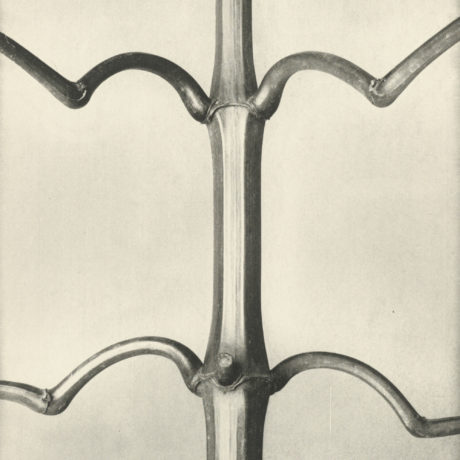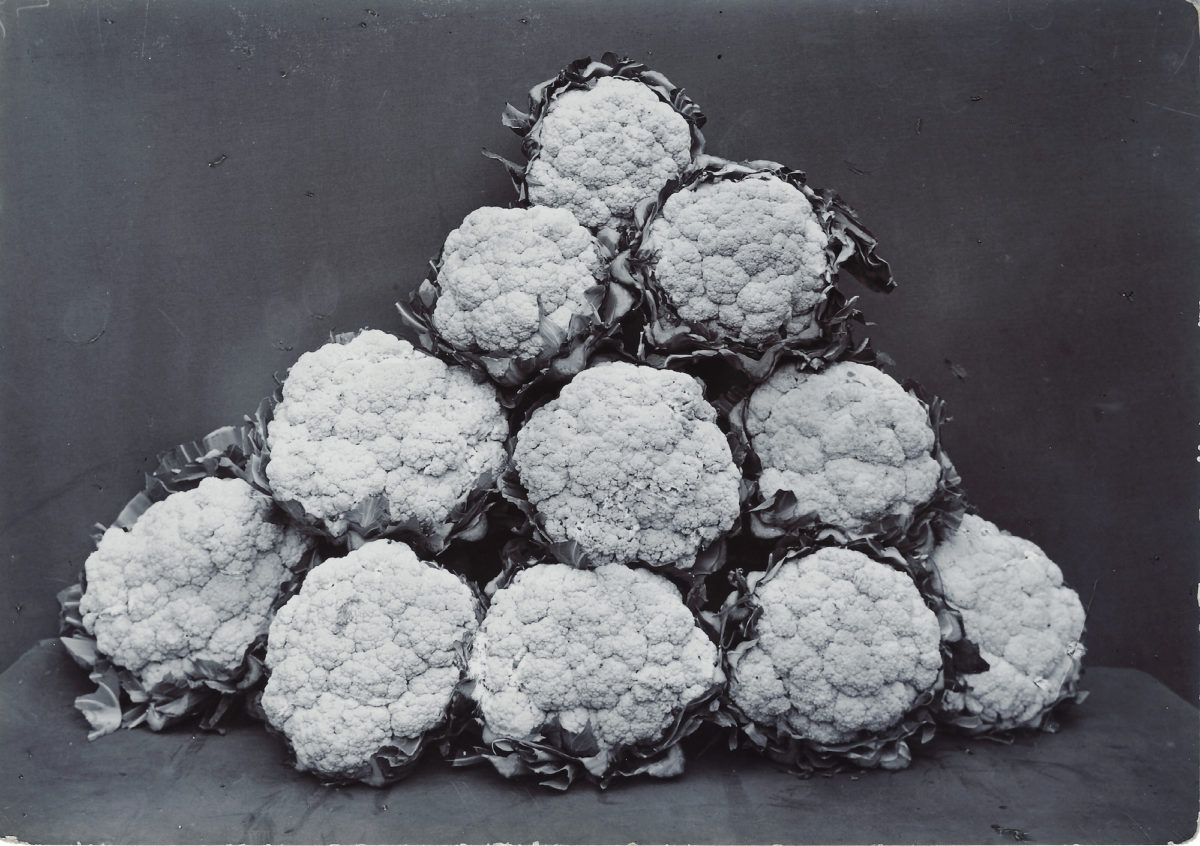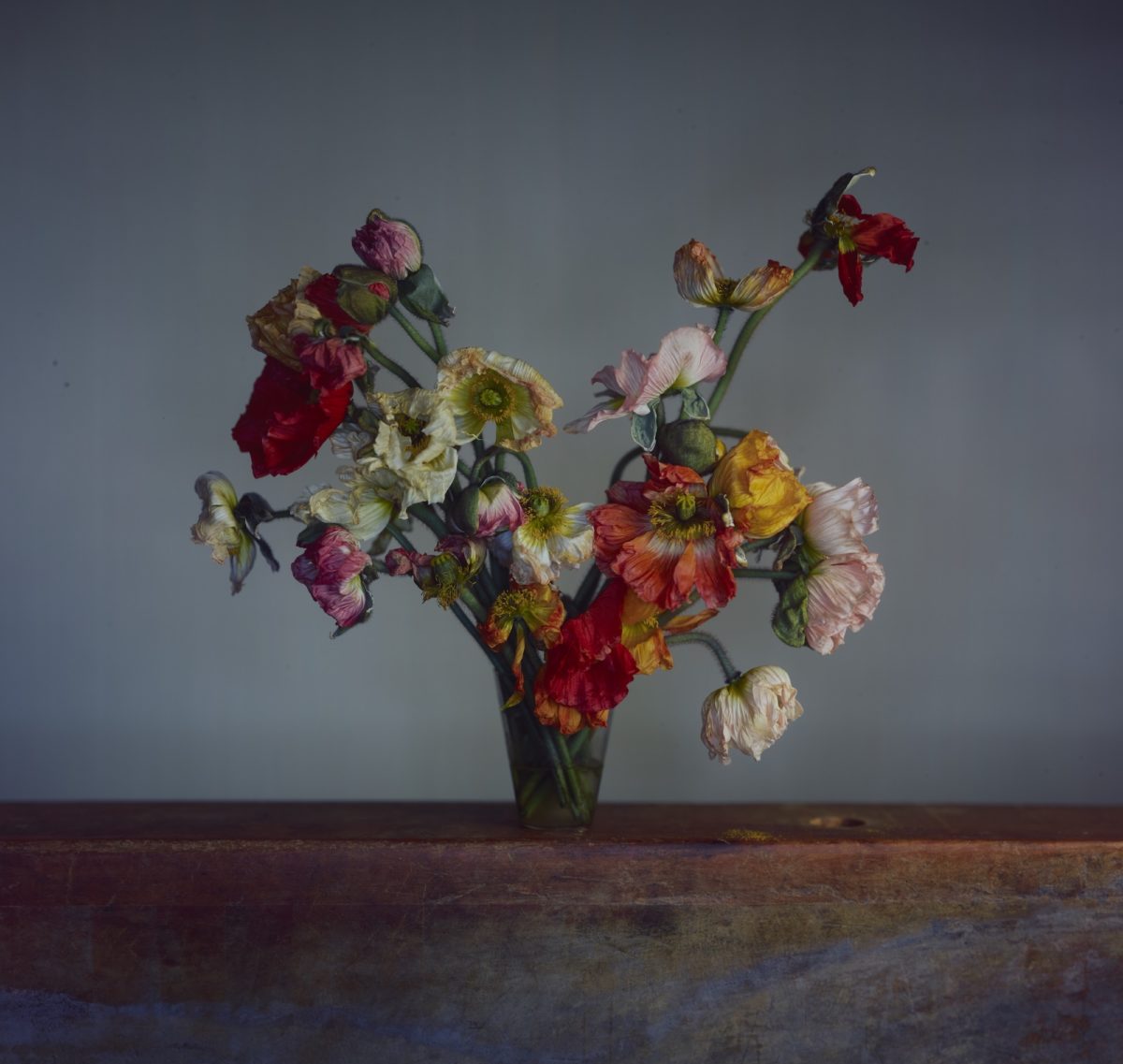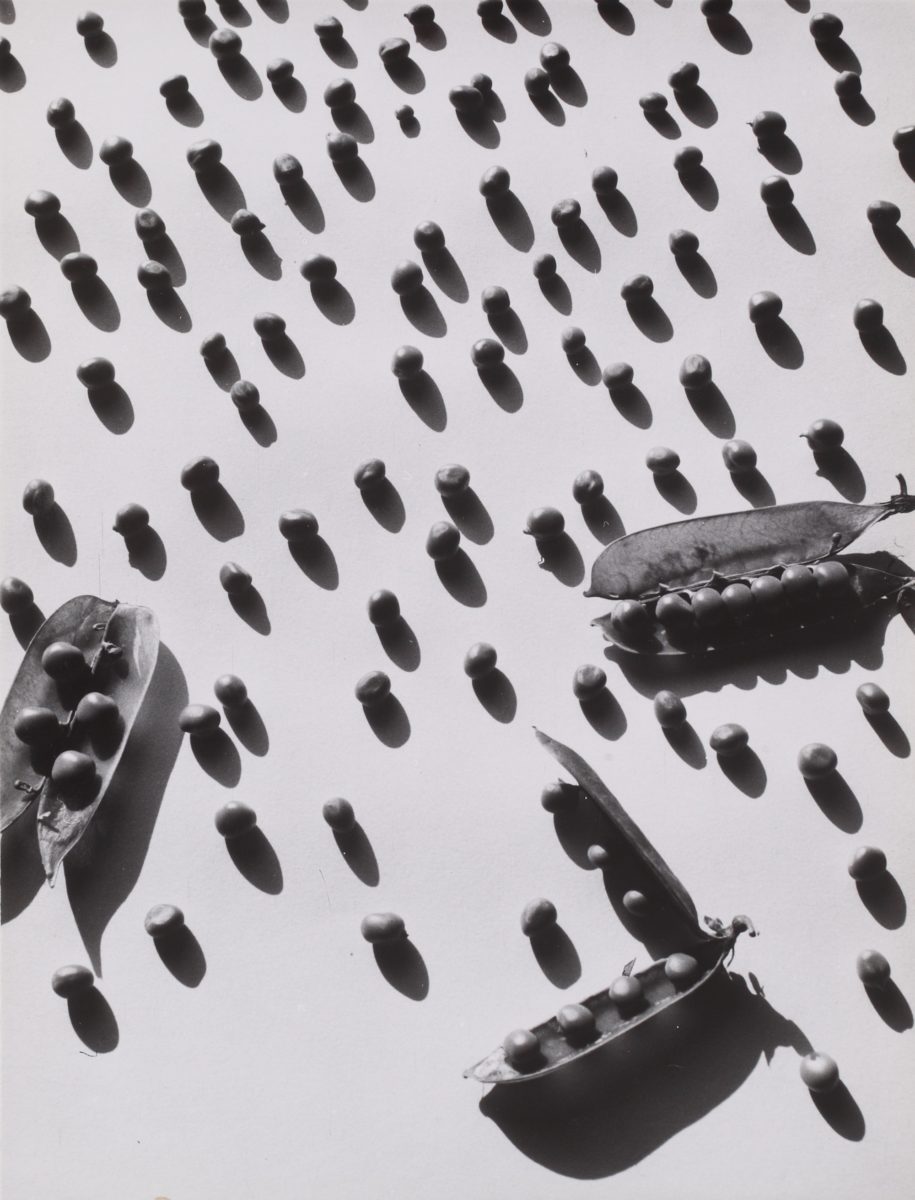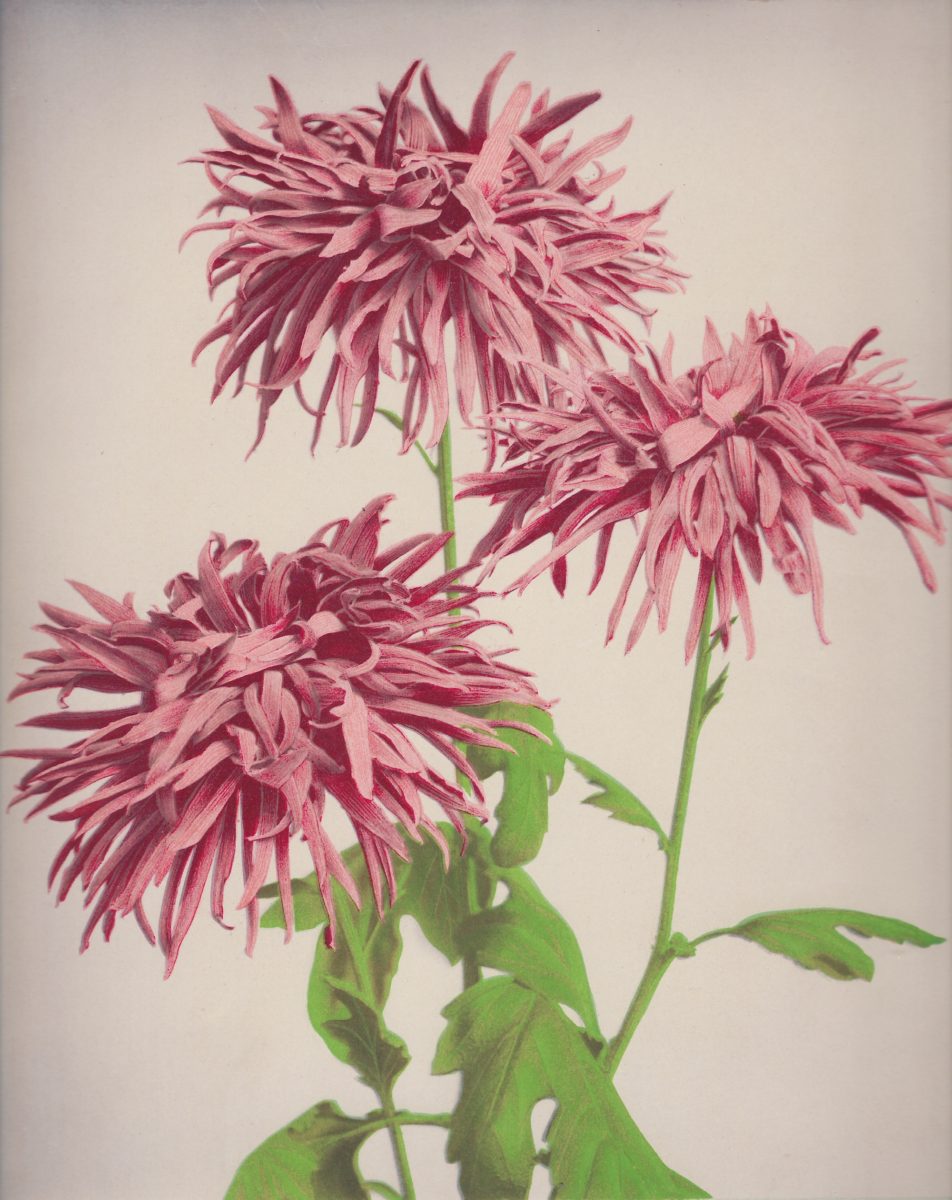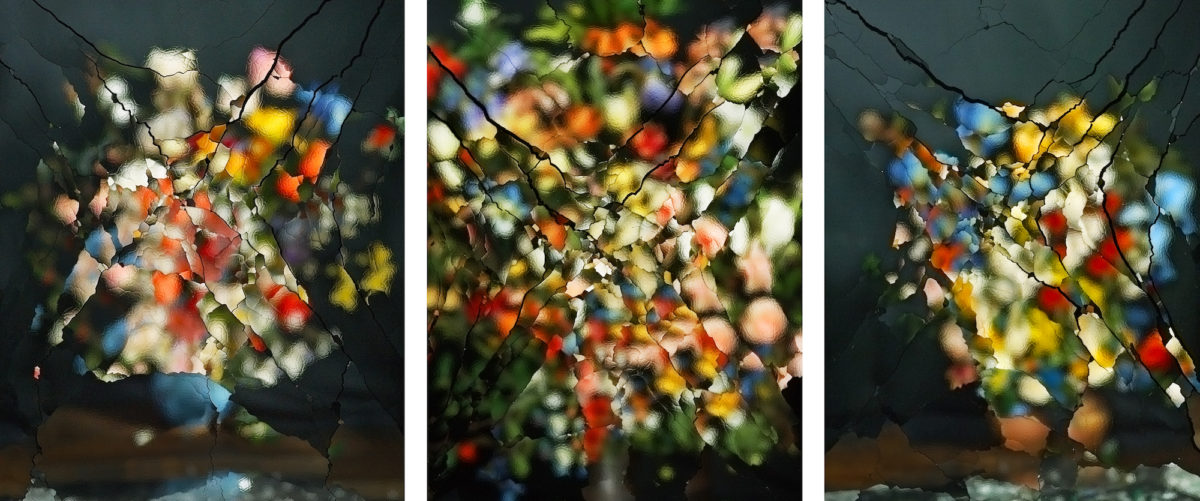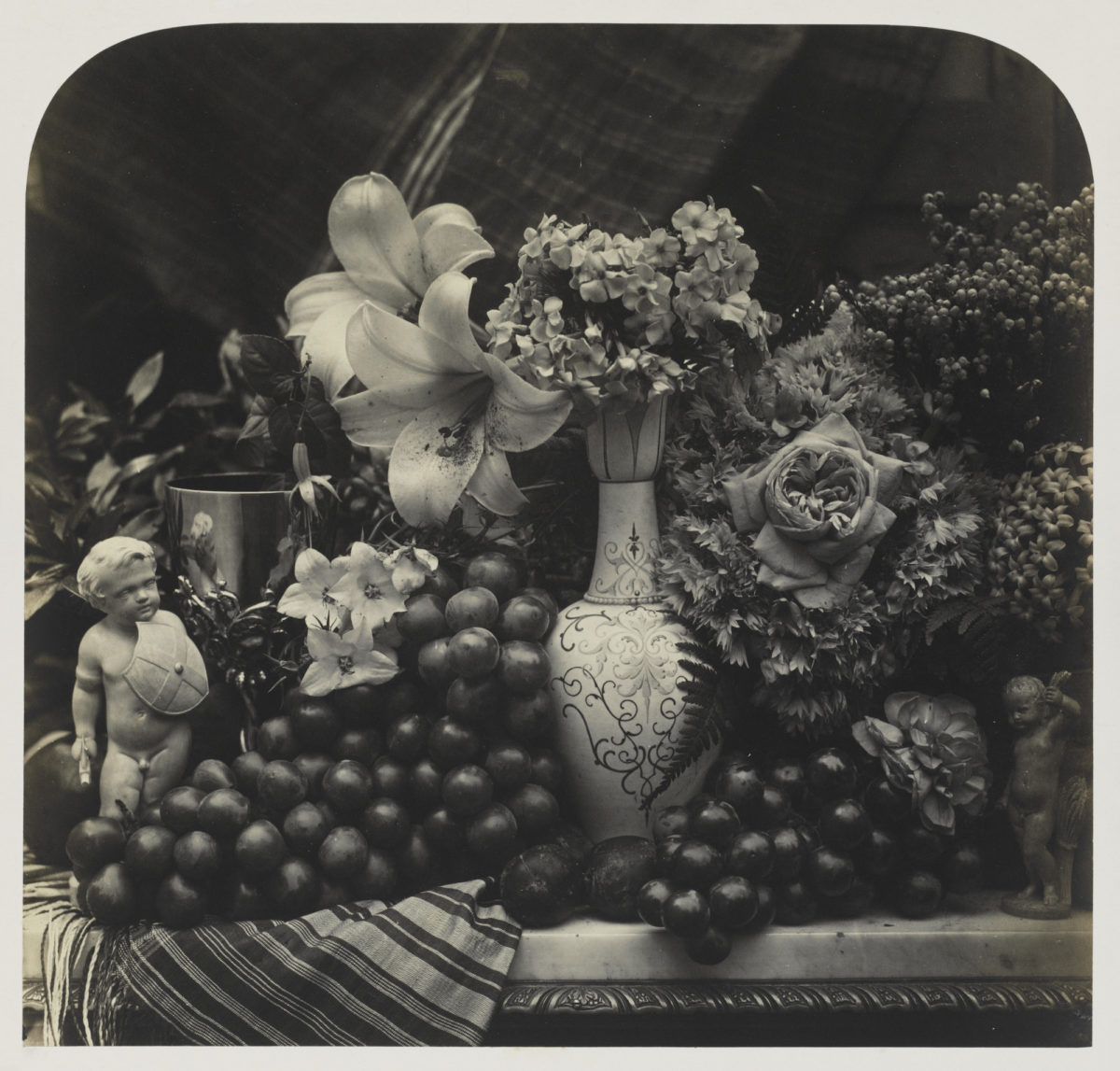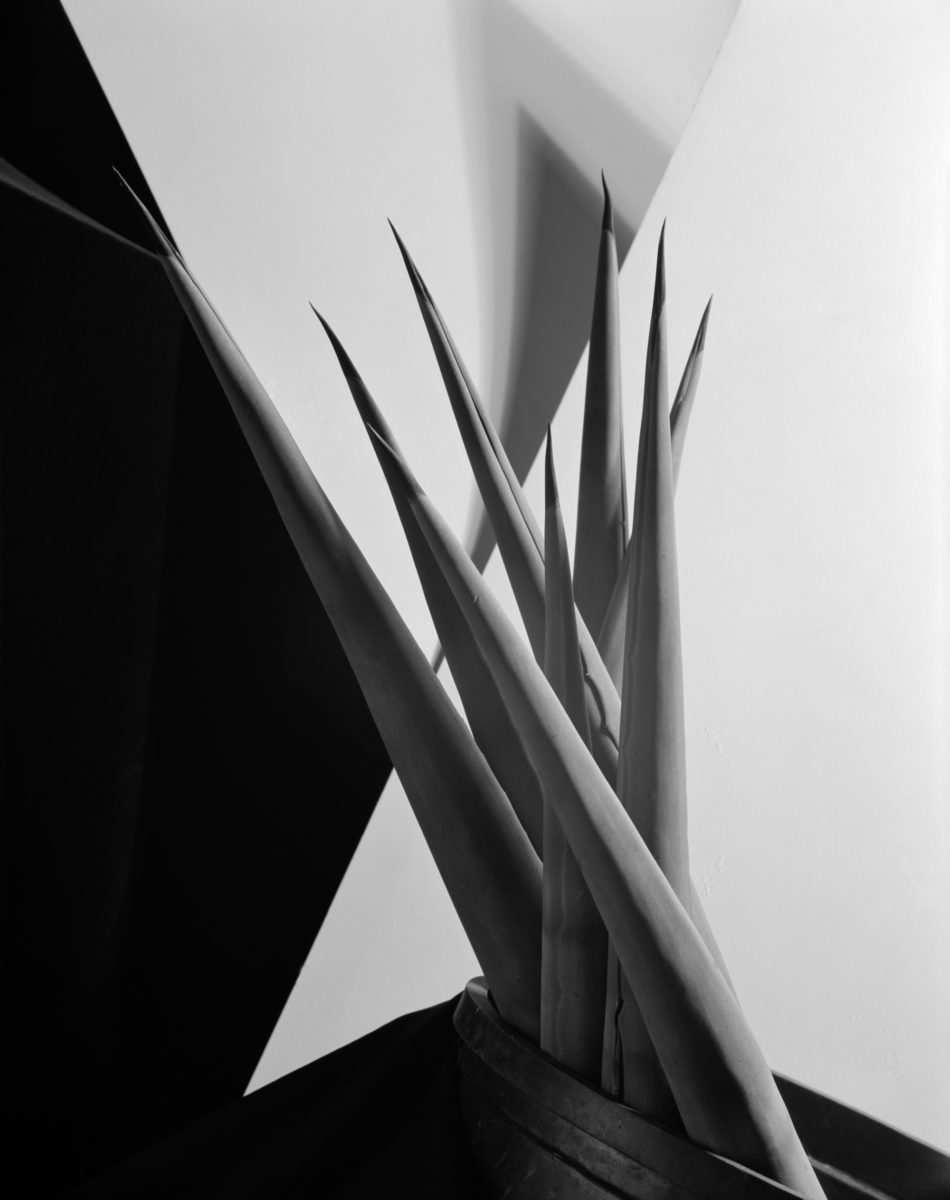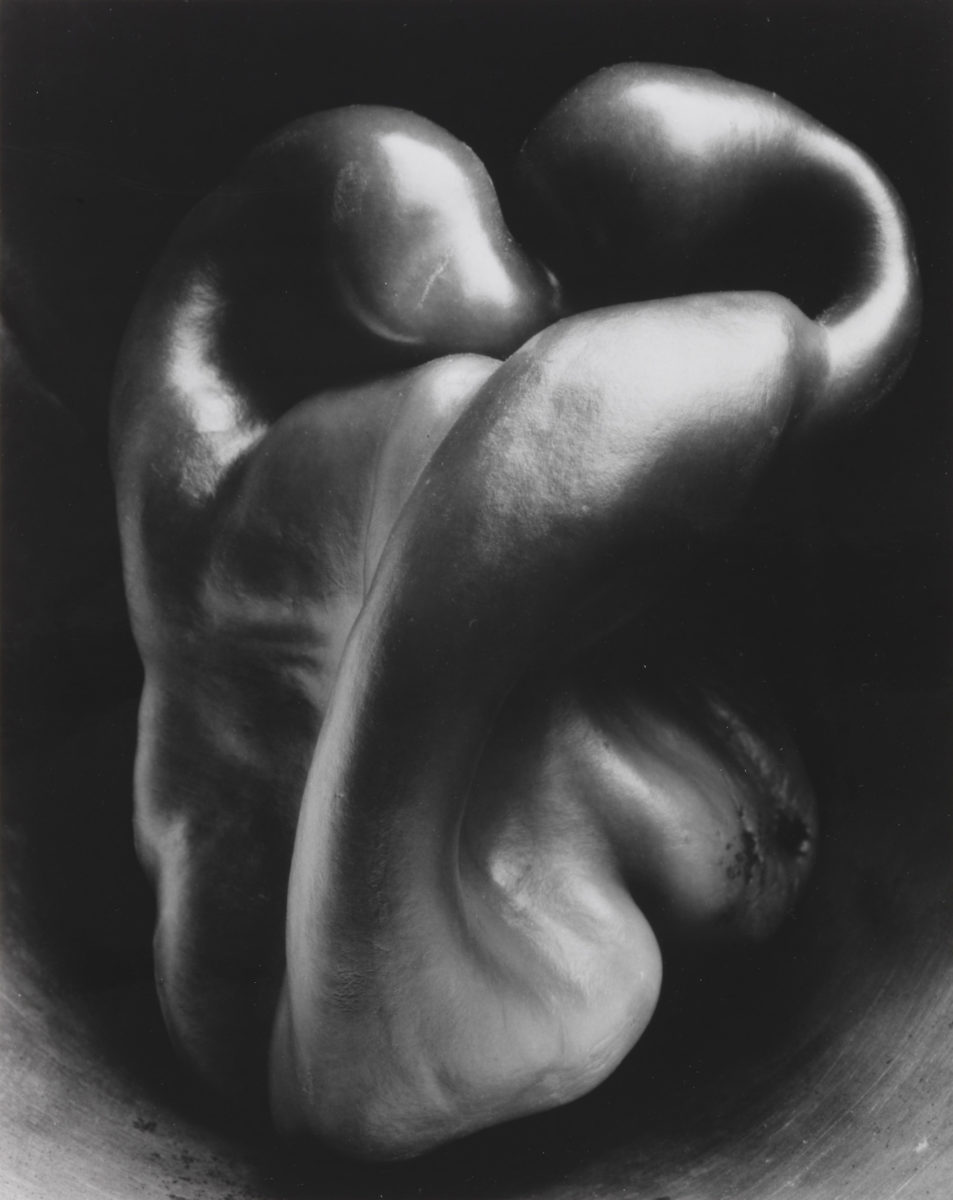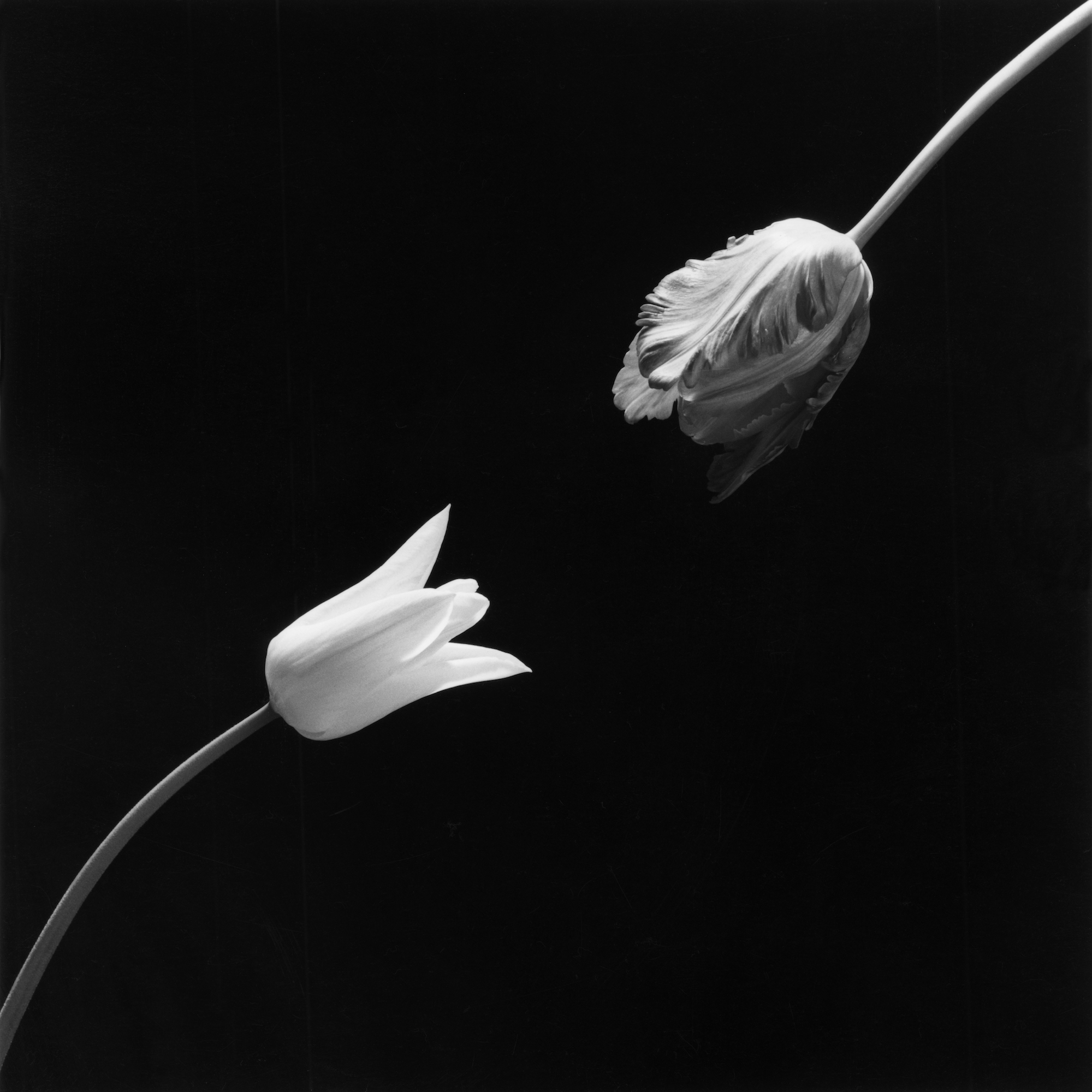
A pair of tulips lean across the frame, as if yearning for the other’s touch. As seen in his widely-known portraiture work, Robert Mapplethorpe has the ability to infuse even the most innocuous of gestures with a lingering sensuality. The American photographer frequently turned his lens upon the natural world in still life images, emphasising the quiet eroticism of a tenderly unfurling bud or an outstretched leaf.
Throughout the history of photography, artists have sought to capture nature in its many forms, from the delicate fronds of a pink chrysanthemum to the almost geometric, spiked outline of an agave plant. A new exhibition at Dulwich Picture Gallery in London traces this lineage across more than 150 years, contrasting the age-old subjects of botany and flora with the significant technological developments taking place in photography during this period. It brings together over 100 works that date from 1840 to the present day, and reveals the trajectory of lens-based image-making from early experiments in pictorialism through to modernism and pioneering experiments with colour, cyanotypes and digital manipulation.
“Flowers appear like talismans before the lens, densely saturated and eternally, perfectly in bloom”
“What the photograph reproduces to infinity has occurred only once,” Roland Barthes wrote in Camera Lucida. “The photograph mechanically repeats what could never be repeated existentially.” His reflection takes on new significance in the context of the natural world, in which change is marked not just by the seasons but by each moment that moves towards ripening, decay and reemergence from the soil. This acute awareness of transience and fragility is captured in the many works on display in Unearthed: Photography’s Roots, where the click of the shutter has the ability to freeze in time a fraction of a second that can never be repeated again.

Kazumasa Ogawa, Morning Glory from ‘Some Japanese Flowers’ ca. 1894. Photo © Dulwich Picture Gallery
In Richard Learoyd’s Large Poppies (2019), that passage of time is alluded to in the slow drooping of the flowers within the vase, which hang heavily and languorously in rich shades of red, yellow and orange. A different, highly tactile approach is taken by early image-maker Anna Atkins, one of the first female photographers, who created photograms of algae specimens found along the south coast of England. The intricate, almost translucent foliage comes into focus against the light to create a striking image that has as much in common with the more contemporary school minimalism as it does with the technological innovation of the time.
“The heady scent of flowers in springtime, or the textures of a meadow, are evoked in these images from across the century”
The coloured photographs of Japanese photography pioneer Kazumasa Ogawa, created 30 years before colour film was invented, represent a collision of print-making, illustration and photography to almost surreal effect. Flowers appear like talismans before the lens, densely saturated and eternally, perfectly in bloom. There is no before and no after in these images, only an idealised vision of the world around us as it continues to transform.
This intensity resounds throughout the exhibition, whereby something as ordinary as a flower or a pod of peas can be elevated to new status, and abstracted or imbued with symbolic significance. Following a year in various states of lockdown, this heightening of the senses feels more relevant than ever. The heady scent of flowers in springtime, or the textures felt by a hand running through a meadow, are evoked in these images from across the century. As we begin to emerge from a year of unprecedented upheaval, it is reassuring to remember that some things never change.
Unearthed: Photography’s Roots
At Dulwich Picture Gallery until August 2021; exact reopening date to be announced
VISIT WEBSITE